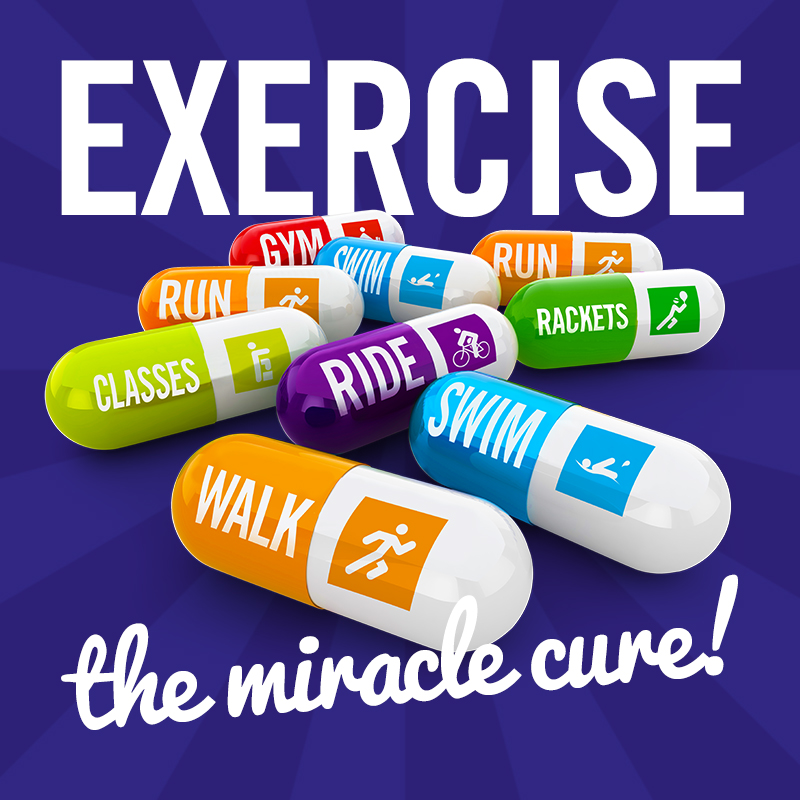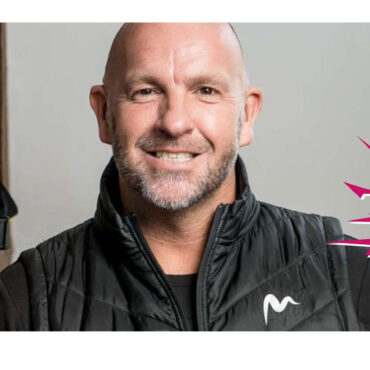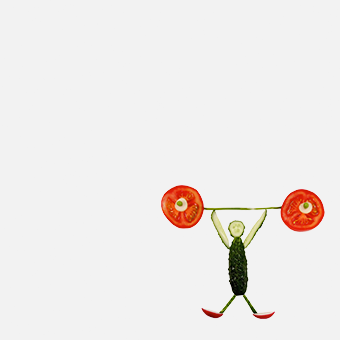We love a good miracle cure – a pill or superfood that’ll grant us eternal youth, beauty or immortality. So imagine one that could cut a third of dementia, coronary heart disease and stroke; reduce the risk of osteoporosis by up to 83%, tackle depression and boost mood, radically reduce bowel and breast cancer, eliminate type 2 diabetes and slash the devastating falls that beset the elderly. One that can improve sleep, reduce stress, boost self-esteem and overall wellbeing. And all without side-effects. Imagine the whoops in the boardroom of the drug company that invented it.
Well the weird truth is we already have it. We’ve known it for thousands of years. And it’s called exercise. (The bearded father of western medicine, the ancient Greek physician Hippocrates, said that exercise is the best medicine. And he’s still right.) Okay so it won’t make us live for ever, and it won’t make you ageless. But the health benefits of exercise are indisputable.
What stops us?
And we know we should do it. It’s a no-brainer: get out there and be more active. We also know we’ll feel better for it. A stroll in the park; a swim; a game of tennis; a round of golf. Start with a friend for fun and at the same time, it’s exercise.
Physical activities such as crazy golf or exercise in general are good for our bodies and also good for our minds. So what gets in the way? What stops us?
A lot of it is to do with modern life. Cars, screens, office jobs, labour-saving machines – exercise is no longer a natural part of most of our lives. The stats are scary. According to the British Heart Foundation 20 million UK adults do almost no exercise. That’s over a third of us. Most of us spend more than 7 hours a day on our butts – and if you’re over 65 it’s more like 10. Even scarier, British kids are among the least active in the world, teeing us up for who knows what health problems in the future. Ofcom, the TV regulator, says the average British adult spends 30 hours a week watching the box. That’s 64 days, or just over two whole months a year. We have to get moving.
What counts as exercise?
Put simply, any activity that increases your heart rate, warms you up and makes you breathe faster. At the lower end it’s called moderate intensity activity. If you’ve nailed this, even better for you is vigorous intensity activity – anything that gets you properly out of breath. England’s Chief Medical Officer recommends 150 minutes a week – two and a half hours. And you can even break it down into 10 minute chunks.
Make it part of everyday life.
Two tips: first, try and choose an exercise you enjoy – or if you can’t do that, one that you hate the least. You’re much more likely to stick at it. And secondly, make it part of your daily routine. Cycle to work – if you’re off to the office five days a week, getting 150 mins is a breeze. Give up the car for short journeys and walk instead. If you commute, can you get off a stop or two early and walk? Or park further away. Take stairs rather than lifts – and if you can, try walking meetings. Just getting out of the office into fresh air and moving your body can be a huge boost. Lunch breaks can be a great opportunity for a walk, a run or a session in the gym. And lunchtime exercise can cut through the afternoon slump and massively improve alertness and productivity.
Variety is the spice.
Remember as well that variety is key. All too often boredom can kick in and will power and interest evaporate. So change routes, schedules and exercises. Consider aids, like apps or portable fitness devices. Set yourself a challenge to focus your exercise – train for a big charity walk or cycle ride. Join a gym and get a trainer to set you a weekly programme.
Remember whatever your age, fitness or ability level, there will be something out there for you. It’s never too late to reap the benefits of exercise – still nature’s best medicine.


















